Just a year after celebrating its centennial, and facing a grim climate for luxury goods in the current economy, Neiman Marcus is anxious to make clear that it is not standing still. It may be building fewer new stores than planned and renovating existing stores only selectively, but it’s taking a fresh look at what its clientele wants and how it shops.
One of the recent interpretations of this approach is at the renovated Lenox Mall store in Atlanta.“The spacious environment with open sightlines, expanded departments and easy access to merchandise is a nod to the way people shop now,” says architect and designer Charles Sparks, whose Westchester, Ill., firm headed the renovation.
The three-level store was expanded and remodeled for the first time since 1990. About 15,000 square feet were added on each level as the store pushed out into the busy mall. Certain key departments were given more space, others were moved to new adjacencies and many of the store’s signature fashion brand shops were added.
“The result was to better showcase all the products in a gallery setting,” says Ignaz Gorischek, vp of stores, visual, planning and design. “The larger floorplan, higher ceilings and wider aisles allowed us to expand and improve key areas, like cosmetics, the men’s floor and our contemporary sportswear.”
The men’s department, which had been crowded into the back of the main floor, added several new vendor shops: Brioni, Armani, Tom Ford and Isaiah. The ladies’ shoes department quadrupled in size and the designer handbags area was tweaked to allow three-wall shops for important brands like Balenciaga, Gucci, Chanel, Prada and Lora Piana.
The designer jewelry department tested a new vitrine concept. Sleek glass cubes with textured hammered glass backs were suspended in floor-to-ceiling screen dividers. Showcases were set at multiple heights “to create a more animated visual horizon,” says Sparks. Circular showcase tables were used to frame certain brand shops, such as David Yurman. “These are important growth businesses to Neiman Marcus,” says Sparks.
Advertisement
Lighting and color played a big part in re-emphasizing the merchandise. The new architecture brought natural light flooding into the space. Elsewhere, artisan lighting was introduced in several departments. For example, says Sparks, “the intimate apparel department features hundreds of hand-twisted glass ribbons suspended in a large central concentric, casting a shimmering light in the space.”
Enhancing the shopping experience throughout the store is what the designers call “moments of luxury,” places of emphasis where color, merchandise display or the use of materials create decorative surprises at strategic points, such as aisle intersections or the entrances to various departments.
Supporting these moments of luxury is the use of the retailer’s iconic collection of art. Stanley Marcus amassed a vast fine art collection in the more than 50 years he ran the operation and pieces from that collection have always been part of any Neiman Marcus store. But supporting that has been the local artwork that the retailer curates for its stores, to emphasize the point that each store is part of and supports the local community. Gorischek even archived what he calls a “dimensional painting” with shards of brightly colored material that he saw in a 1983 photograph of the store. It was dug out and now hangs over the cosmetics department.
The renovation, done in seven phases, took three years to complete. Though the retailer is experimenting with smaller footprints going forward, this 204,000-square-foot behemoth in Atlanta gives the retailer ample elbow room to show its entire arsenal of luxury.
Project Suppliers
Client
The Neiman Marcus Group, Dallas
Advertisement
Design/Architect
Charles Sparks + Co., Westchester, Ill.
Fixtures: Columbia Showcase, Sun Valley, Calif.; Faubian Associates, Dallas; Goebel Fixture, Hutchinson, Minn.; Modern Woodcrafts, Farmington, Conn.
Lighting: Bartco, Huntington Beach, Calif.; Columbia, Greenville, S.C.; Design Lighting Group, Atlanta; Hera, Norcross, Ga.; IO Lighting, Vernon Hills, Ill.; Juno Lighting, Des Plaines, Ill.; Lightology, Chicago; Lightolier, Fall River, Ill.; Litelab, Buffalo, N.Y.; LSI Lighting, Cincinnati; Prescolite, Spartansburg, S.C.; RSA Lighting, Peachtree City, Ga.
Flooring: Bentley Prince Street Inc., Chicago; Tandus Group, Chicago; Burtco Enterprise, Dalton, Ill.; Constantine Commercial, Chicago; Invision, Chicago; Mannington Commercial, Chicago; Unico, Dallas; Ombre, Evanston, Ill.; Tandus Group, Chicago
Photography: Charlie Mayer, Oak Park, Ill.
Advertisement

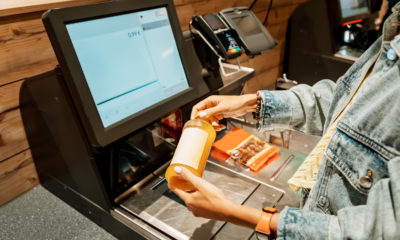
 Headlines2 weeks ago
Headlines2 weeks ago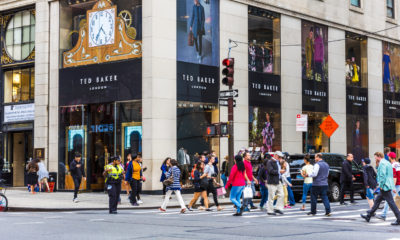
 Headlines6 days ago
Headlines6 days ago
 Headlines1 week ago
Headlines1 week ago
 Headlines4 days ago
Headlines4 days ago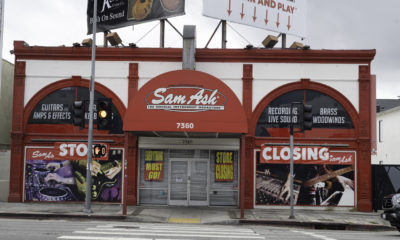
 Headlines2 weeks ago
Headlines2 weeks ago
 Headlines5 days ago
Headlines5 days ago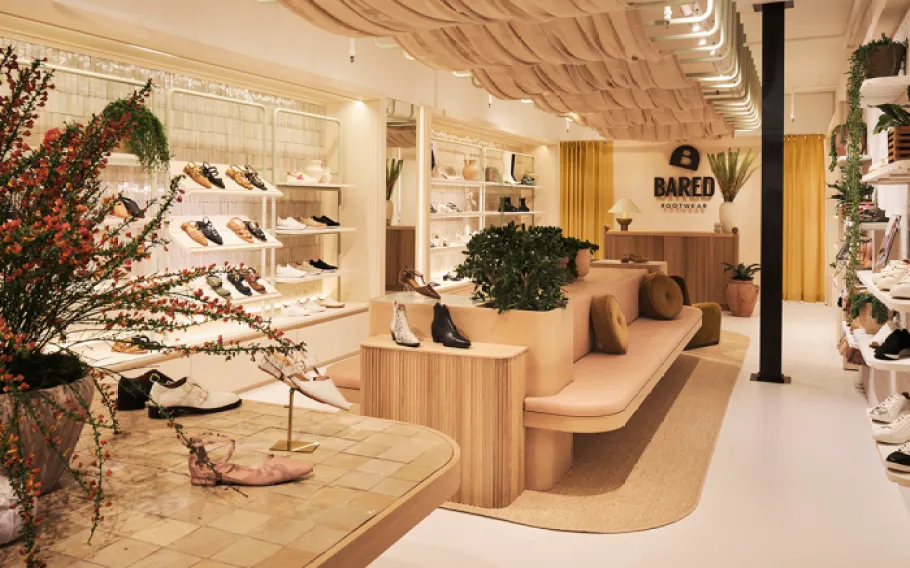
 Headlines1 week ago
Headlines1 week ago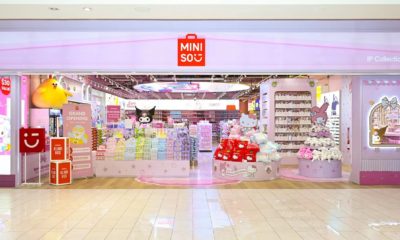
 Headlines2 weeks ago
Headlines2 weeks ago

























